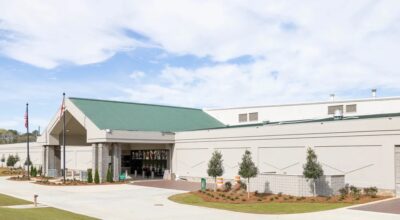To splint, pin or plate? That is the question
Published 2:54 pm Tuesday, November 8, 2011
By DR. FRED SELF / Veterinarian
Healing time is different for the many types of tissues that compose the body.
Soft tissues, like skin, can appear fully healed after seven to 10 days.
Bone can take a minimum of four-to-eight weeks to mend. These times are general.
If the area trying to heal has any problems that keep it from working normally, healing time can be increased. In some instances, the healing time required can be so long that the tissues do not actually mend.
Long or delayed healing times can be handled well for some parts of the body. However, because bones supply support for the body, if their healing is delayed more problems can arise. Splints, pins or plates may have to be used to encourage healing.
One of the biggest enemies of bone healing is movement. For pieces of broken bones to reattach themselves, they need to be as close to one another as possible and as still as possible. In a living, breathing patient, this can be difficult. Regardless of what part of the body moves, almost every other part is required to shift in some way. Any broken bone that is not held still by some set of forces will move too much to allow adequate healing. Or at least to allow the type of healing required for a near normal recovery.
When choosing the type of device to use to help keep a fracture still, it is important to consider the condition and location of the break and what type of movements it may experience. A splint works well for simple fractures with few pieces. Splints also do well where there are other bones present to act as internal splints like the feet, lower leg and forearms.
Pinning a broken bone works best when the break has few pieces and there is small chance of up and down forces being placed on the fracture. In our pets, this works for the bones in the upper portion of the leg because they do not stand perpendicular to the ground, the legs are bent when standing.
Plating works best with compound fractures that require much stability. Each plate has multiple screws that reduce movement of the bone. Plates, however, can be bulky and difficult to place in some areas.
Convincing a pet’s bones to heal can be tricky. If your pet is faced with a fracture, remember that the more stable the repair and the less active the pet the better.
Dr. Fred Self is a veterinarian at Shelbiana Animal Clinic in Columbiana, along with Dr. Charles Thornburg. You can reach them at 669-7717.









